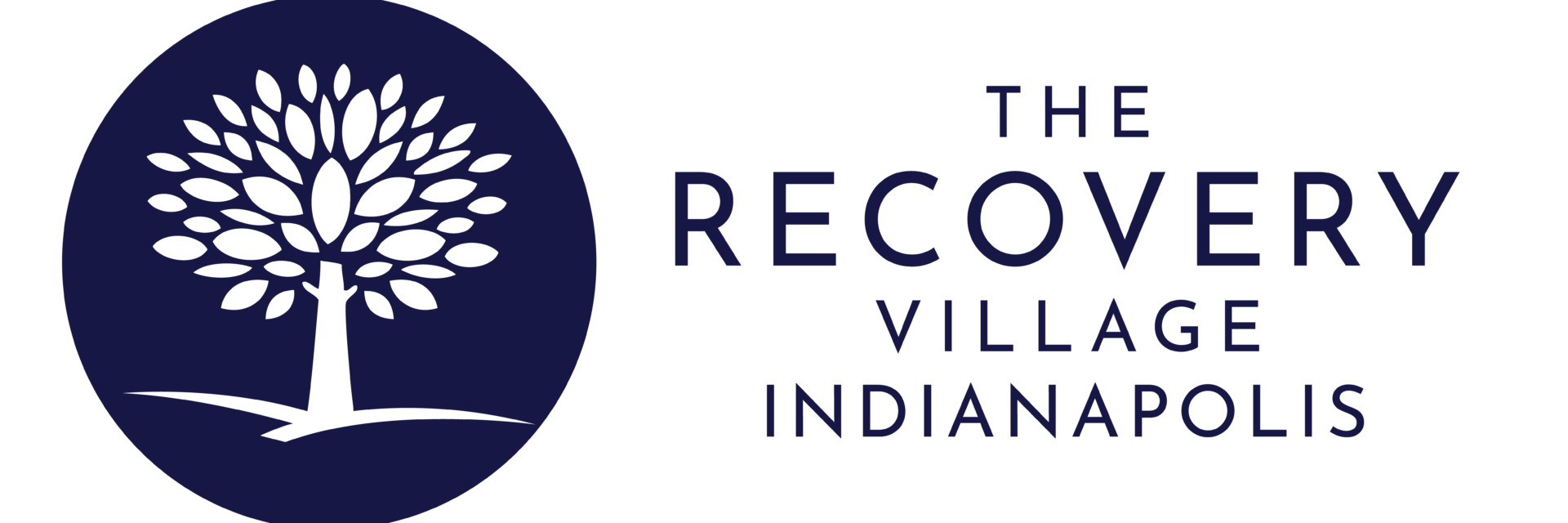Heroin Addiction and Abuse: Causes, Effects & Treatment

By The Recovery Village Indianapolis
Editor Heather Lomax | Medical Reviewer Dr. Jessica Pyhtila, PharmD
Last Updated: December 13, 2023
Editorial Policy | Research Policy
Heroin misuse and addiction have become pressing concerns in the United States. In 2021 alone, approximately 1.1 million Americans used heroin, and tragically, more than 9,000 lost their lives due to heroin overdoses. This alarming statistic represents over four times the number of heroin-related deaths compared to 1999.
The rising frequency of heroin overdoses underscores the importance of recognizing the signs of heroin misuse and addiction. In the following sections, we will delve into the risks associated with heroin, the key indicators of heroin misuse, and avenues for seeking professional treatment.
What Is Heroin?
Heroin is an illicit opioid drug categorized as a Schedule I controlled substance, signifying its lack of accepted medical usage in the United States. Derived from morphine and originating from the seed pods of poppy plants, heroin is known for its powerful effects.
Types of Heroin
Heroin manifests in two primary forms: white powder and black tar. While both forms contain heroin, they exhibit significant distinctions:
- White powder heroin: This variant is sometimes adulterated by drug dealers with substances like sugar, starch, powdered milk or quinine. It typically boasts higher purity levels than black tar heroin and is often snorted or smoked.
- Black tar heroin: Distinguished by its black, sticky appearance or brownish rock form, this type of heroin contains a multitude of impurities due to the production process.
How Is Heroin Used?
Heroin can be administered through injection, smoking, snorting or sniffing. Generally, purer forms of heroin are more likely to be snorted or smoked, whereas less pure forms may be injected. In some cases, heroin is combined with stimulants like methamphetamine or cocaine, a practice known as “speedballing.”
Heroin Paraphernalia
For those concerned about a loved one’s heroin misuse, it’s common to discover drug paraphernalia. These are items used during drug consumption and may include:
- Needles or syringes for injecting heroin
- Shoelaces or fabric for “tying off” an arm during injection
- Tinfoil for heating heroin for smoking
- Small spoons for heating heroin for smoking
- Pipes for smoking heroin
- Cotton balls for filtering liquid heroin
- Plastic pen cases or drinking straws for snorting or sniffing heroin [Source: [6]]
Why Is Heroin So Addictive?
As a Schedule I controlled substance, heroin ranks among the most addictive drugs that lead to dependence and abuse. Heroin acts swiftly on the brain by binding to opioid receptors, stimulating the brain’s reward center. This stimulation triggers the release of dopamine, the brain’s feel-good chemical.
The surge of dopamine reinforces heroin use, intensifying cravings for the drug. The brain is naturally inclined to seek pleasure and rewards, and craving heroin is a manifestation of this drive to experience the drug’s positive effects.
Physical Dependence
Repeated heroin use leads to physical dependence, as the brain adapts to the presence of the drug. When heroin consumption suddenly ceases, withdrawal symptoms emerge as the body struggles to adjust to the absence of the substance.
Psychological Dependence
Psychological dependence on heroin is closely linked to the toll drug use takes on mental health. Individuals grappling with psychological dependence may experience intense cravings for heroin and find it challenging to divert their thoughts from the drug.
Short-Term Effects of Heroin
Heroin use can result in immediate short-term effects, including:
- Euphoria or a “rush” upon consumption
- Subsequent drowsiness
- Constricted pupils
- Flushed skin
- Dry mouth
- A sense of heaviness in the extremities
- Nausea, which can be perilous if vomiting occurs while unconscious
- Slow and shallow breathing, potentially leading to overdose and fatality
Long-Term Effects of Heroin
Chronic heroin use can have a devastating impact on various aspects of well-being, including:
- Financial burdens due to the high cost of addiction
- Legal issues stemming from poor decision-making associated with addiction
- Health problems, such as:
- Cold sweats
- Itchy skin
- Sleep disturbances
- Memory impairment and cognitive difficulties
- Depression
- Loss of appetite
- Difficulty achieving orgasm
- Reduced libido and long-term impotence in men
- Menstrual irregularities
- Pustules on the face
- Chronic constipation
- Poor dental health, including dental decay and gum inflammation
- Muscle weakness and partial paralysis
- Weakened immune system
- Lung damage and respiratory issues, particularly in cases of heroin smoking
Heroin Overdose
Heroin overdose is distressingly prevalent and can have fatal consequences. Determining the number of overdose survivors annually is challenging, but in 2021, there were 9,173 overdose fatalities linked to heroin in the United States.
Overdosing on heroin occurs when an individual ingests an extremely high dose, causing their breathing and respiratory system to slow down to the point of slipping into a coma or death. Even individuals who have previously used heroin without issues may be at a heightened risk of overdose, as the potency of the drug can vary significantly. Furthermore, relapsing after a period of abstinence increases the risk of overdose, as the body has lost tolerance to the drug.
Heroin overdose symptoms include:
- Bluish lips or fingernails
- Clammy skin
- Slow and shallow breathing
- Convulsions
- Coma
A drug overdose can be fatal. If you suspect someone is experiencing an overdose, immediately administer naloxone (Narcan) if available and dial 911 without hesitation. Do not hesitate to seek help. In the absence of a phone, you can access online assistance through the Web Poison Control Services.
Understanding Heroin Addiction
When someone struggles with heroin addiction, they often acknowledge their struggle with the drug. However, addiction entails an enduring struggle to quit, despite experiencing detrimental effects. These effects may encompass physical, mental, social or even legal repercussions.
Addiction brings about alterations in the brain. These alterations may distort behavior and lead to cravings, personality shifts and difficulties in judgment and decision-making. It is imperative to understand that addiction is not a moral failing but rather an illness.
Heroin Addiction Rate
Nationwide, heroin abuse remained relatively stable in the years leading up to 2019, with a surge during the COVID-19 epidemic in 2020. As of 2021, an estimated 1.1 million Americans misused heroin annually, of which 1 million had a heroin use disorder.
In 2021, the overall rate of heroin use by age groups was as follows:
- Up to 0.2% of adults aged 18 to 25 years used heroin.
- Approximately 0.5% of adults aged 26 or older years used heroin.
- Overall, about 0.4% of Americans used heroin.
In Indiana, there were 680 heroin overdose deaths in 2020, and the drug was a frequent contributor to multi-drug overdose deaths in the state as well.
Heroin Addiction Demographics
Previously associated primarily with young individuals in urban settings, heroin has now become a widespread drug of abuse, affecting various demographics. It is encountered in rural, suburban and urban areas. Additionally, people of all genders, races and ages misuse it.
Certain factors, however, can elevate an individual’s risk of heroin addiction, including:
- A history of prescription opioid use leading to heroin use. Many individuals who transition to heroin initially start with prescription narcotics. If their access to prescription opioids abruptly ends, they may turn to street drugs like heroin. Approximately 4% of those who began with prescription narcotics end up addicted to heroin.
- Using heroin as a means to “come down” from the effects of stimulants like cocaine.
- Polydrug use, where individuals use multiple substances, which may increase the risk of heroin addiction.
Heroin Treatment Options
While heroin addiction may seem insurmountable, it is not without hope. Numerous treatment approaches are available to assist individuals in overcoming their heroin addiction, including:
- Medications: Medication-assisted therapy often employs products containing methadone and buprenorphine to alleviate withdrawal symptoms and cravings during the recovery process.
- Heroin Detox: Detoxification is typically the initial step in the journey to recovery, aiding individuals in purging their bodies and minds of heroin.
- Heroin Rehab: In rehabilitation programs, individuals explore the underlying causes of their reliance on heroin and develop coping mechanisms to lead a drug-free life.
- Aftercare: Even after completing a heroin rehab program, individuals must remain committed to their recovery. Aftercare may involve participation in support groups like Narcotics Anonymous, providing ongoing support for a heroin-free life.
Sources
U.S. Department of Justice, Drug Enforcement Administration. “Drugs of Abuse.” December 2022. Accessed December 10, 2023.
Florida Department of Children and Families. “Speedballing: Mixing Stimulants and Opioids.” Accessed December 10, 2023.
Drug Enforcement Administration. “How to Identify Drug Paraphernalia.” Get Smart About Drugs, January 9, 2023. Accessed December 10, 2023.
ELife. “Dopamine drives early addiction to heroin.” October 30, 2018. Accessed December 10, 2023.
Foundation for a Drug-Free World. “The Truth About Heroin.” Accessed December 10, 2023.
American Psychiatric Association. “What is a Substance Use Disorder?” December 2020. Accessed December 10, 2023.
National Institute on Drug Abuse. “What is the scope of heroin use in the United States?” June 2018. Accessed December 10, 2023.
National Institute on Drug Abuse. “A subset of people who abuse prescriptio[…]ogress to heroin use.” January 2018. Accessed December 10, 2023.
Substance Abuse and Mental Health Services Administration. “Key Substance Use and Mental Health Indicators in the United States: Results from the 2021 National Survey on Drug Use and Health.” January 3, 2023. Accessed December 11, 2023.
National Institute on Drug Abuse. “Drug Overdose Death Rates.” June 30, 2023. Accessed December 11, 2023.
Jahan, Azmi R.; Burgess, Doug M. “Substance Use Disorder.” StatPearls, July 21, 2023. Accessed December 11, 2023.
Indiana Department of Health. “Drug Overdose Epidemic in Indiana: Behind the Numbers.” June 2021. Accessed December 11, 2023.

 Insurance
Insurance About Us
About Us Our Facility
Our Facility Admissions
Admissions Programs
Programs Medical Detox
Medical Detox Inpatient Rehab
Inpatient Rehab Aftercare & Recovery
Aftercare & Recovery
